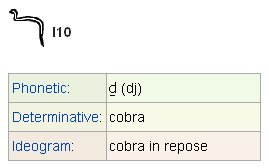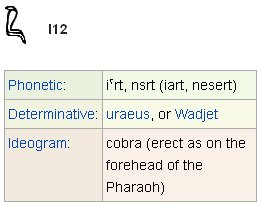What did Bayer had in mind when he assigned his Greek letters? The first star of his Toucan to rise, its leading star, was also the brightest (2.87) and the choice of α was obvious, but why a 'door' (δ) and why a 'snake' (ν)? "Tucana, the Toucan, was published by Bayer under our English name,š but some one has Latinized it in ornithologists' style as we now see it. š Professor Alfred Newton says that the avian word may be from the Guaranis' Tī, Nose, and Cāng; Bone; and that it first was mentioned in print by Trevér in 1558 as from that Brazilian Indian Tribe. It is the Rhamphastos toco of the naturalists. Burrit had Toucana and Touchan; the French, Toucan; the Italians, Toucano; and the Germans, Tukan. The Chinese translated the original word, given to them by the Jesuits, as Neaou Chuy, the Beak Bird, very appropriate to a creature that is almost all beak ... Tucana lies immediately south of Phoenix, bordering on the south polar Octans, its tail close to the bright Achernar of Eridanus, and marks the crossing of the equinoctial colure and the antarctic circle." (Allen) 22h equals 22h / 24h * 365ź = 334.8 and in rongorongo times α Tucanae rose heliacally 2 days later, at Ca12-21 which marks February 21 in my postulated leap year calendar. Next year it would be rising with the Sun in February 22 (after the adjustement by adding February 29 in the leap year). February 22 (53) + 365 - 80 = 338:
This is 337.9 - 334.8 = 3.1 days later than 22h. But Bayer lived earlier and precession must have moved the stars ahead in the year since then. 3.1 * 71 = ca 220 years and 1870 - 220 = 1650 A.D. Bayer published his star atlas (Uranometria) in 1603. The niu (coconut tree) was probably the Polynesians' verson of the Oak, the World Tree, and as represented in Ca12-21 we can imagine the top level of Niu has 4 withered dry branches as a Sign of the 4 quarters defined by the positions of Old Sun. At the bottom level there are 2 withered old branches which could have served as a picture of Waxing and Waning Moon. In the middle there is a 'pregnant stomach', the world of living creatures waiting for spring. The World Tree united the 3 levels of the cosmos:
The hard wood of the Oak was used for door frames and the pair δ ('door') plus ν ('snake') could indicate how the equinoctial colure - δ as the letter for 'door of birth' - soon would be reached by the Toucan. But in February the Old Year was still ruling, weak and feeble and 'looming' slowly ahead. Possibly the letter ν for 'brass' - the opposite of the soon to arrive gold of the newborn Spring Sun - told of the difference between the 'looming old snake' (with an outline resembling that of the loom, deep down in the water and only slowly gliding along) and the Urćus in Pharoh's head band:
In rongorongo times the Toucan ν 'reposing cobra' coincided with Saad Al Thabib 15 and there probably was a door in time between February 25 and February 26:
South of the equator the Toucan perhaps was regarded as the Old Bird far up in the south (toga). This 'Bone Bird' could be 'up in the Tree', a Sign of old age. The direction up should be in the other direction compared to the flow of the Eridanus River down to Orion. ... Next, she went all alone and arrived where the tree stood. It stood at the Place of Ball Game Sacrifice. What? Well! What's the fruit of this tree? Shouldn't this tree bear something sweet? They shouldn't die, they shouldn't be wasted. Should I pick one? said the maiden. And then the bone spoke; it was there in the fork of the tree: Why do you want a mere bone, a round thing in the branches of a tree? said the head of One Hunaphu when it spoke to the maiden. You don't want it, she was told ... The other end of the Tree should be at the other end of the sky. February 21 (52) + 182 = 234 (August 22) = RA day 234 - 80 = 154. This could be at Simiram (ω Carinae) which in rongorongo times rose in RA day 154.7: .jpg)
Several stars rising simultaneously could have been used as a time-line. |







